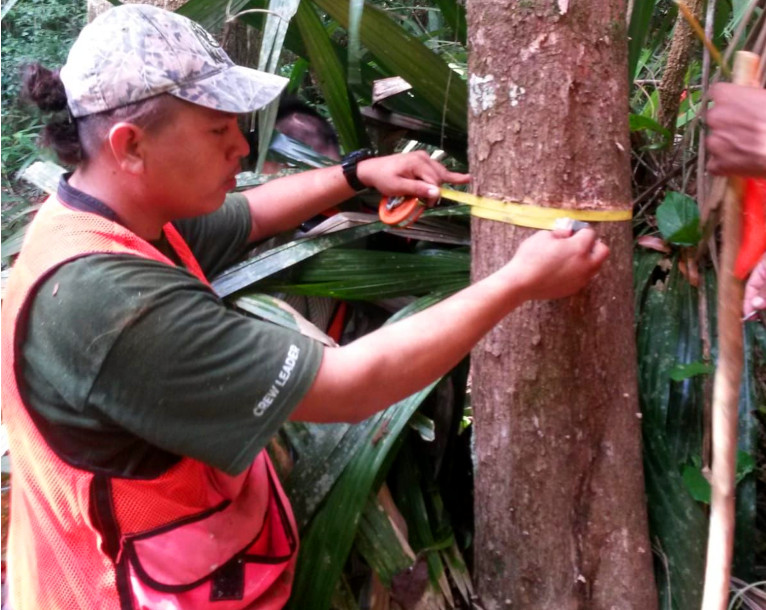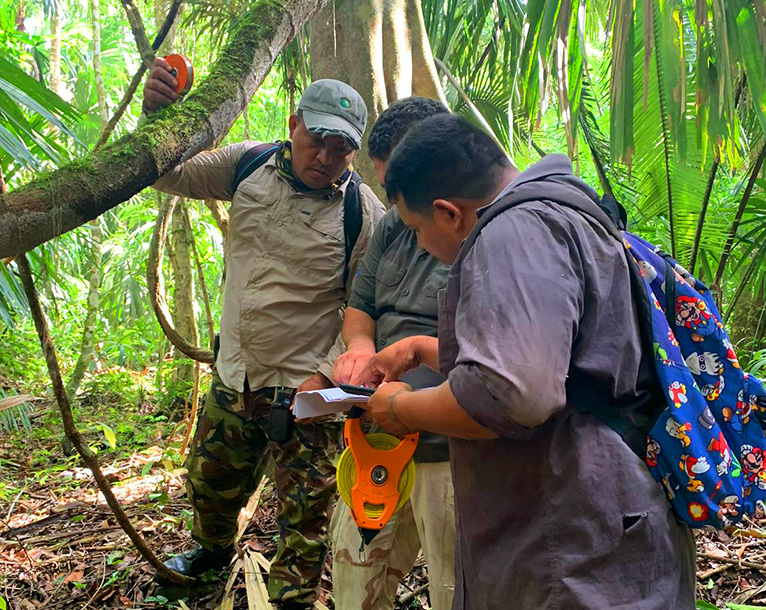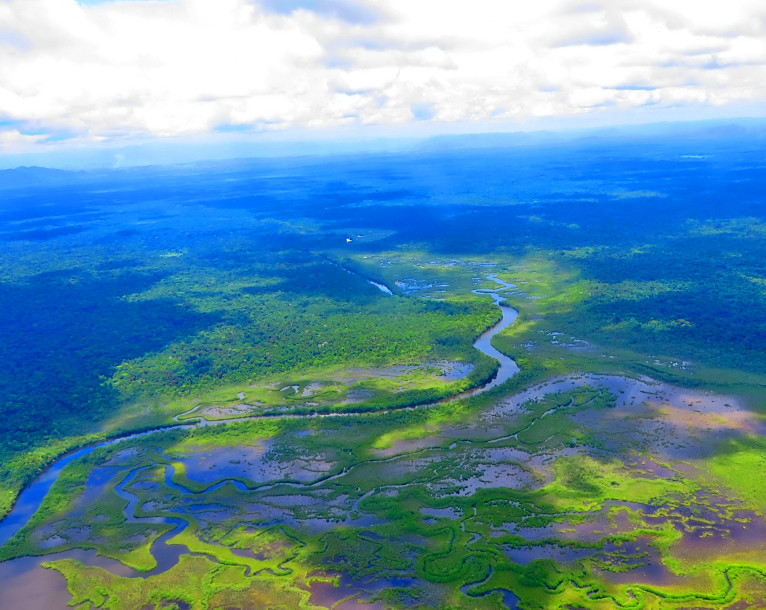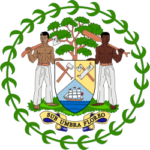International Conventions
Home / International Conventions
CITES
The CITES is an international agreement amongst governments of member countries, referred to as Parties, which ensures that international trade of wild flora and fauna is not detrimental to their survival. The trade of species is regulated through three Appendices, those being Appendix I, II and III.
Appendix I includes species that are threatened with extinction, whose trade is permitted only in exceptional cases. Appendix II species are those species which are not threatened with extinction but whose trade should be regulated in order to avoid its overutilization. Appendix III species are those which are protected in one or more countries and who have asked other CITES Parties to assist in regulating trade.
For more information, visit CITES


Importing endangered species
Belize is a party in the Convention on International Trade in Endangered Species of Wild Fauna and Flora (CITES). This treaty regulates trade in endangered species of wildlife, plants, and their products.
Regulation of the international trade in species is dependent on the level of protection granted to specific species. Species covered under the Convention are categorized into three appendices, those being Appendix I, Appendix II and Appendix III.
Appendix I includes species threatened with extinction whose trade is only permitted in exceptional circumstances such as scientific research. Native species included in Appendix I include Ara macao (Scarlet macaw), Panthera onca (Jaguar), Caretta caretta (Loggerhead turtle), Dermochelys coriacea (Leatherback turtle) and the Ceratozamia robusta (Cycad).
Appendix II includes species not necessarily threatened with extinction, but which trade must be controlled in order to avoid its overutilization. Native Appendix II species include the Carcharhinus facliformis (Silky shark), Isurus oxyrinchus (Shortfin mako shark), Crocodylus moreletii (Morelet’s crocodile), species in the Anthazoa class (corals). Plant species include Swietenia macrophylla (Big leaf mahogany), Cedrela odorata (Cedar), Dalbergia stevensonii (Honduran rosewood) and species in the Ochidaceae (Orchids) and Cactaceae (Cacti) families.
Species listed in Appendix III are those that are protected in at least one country and have asked other Parties for assistance in controlling its trade. Native species included in Appendix III include Crax rubra (Great Curassow), tamandua Mexicana (Northern tamandua) and the Penelope purpurascens (Crested guan).
International trade in species listed by CITES is illegal unless authorized by permit. Items prohibited by CITES include, but are not limited to, articles made from jaguar and crocodile teeth, ivory, wild cat skins, and all sea turtle products.
Import/Export and Re-export of terrestrial CITES listed species are issued by the Belize Forest Department. CITES listed species can be verified at speciesplus.net


RAMSAR
The Convention of Wetlands was adopted in the Iranian city of Ramsar in 1971 and came into force in 1975. Parties to this convention commit to work towards the wise use of wetlands and water resources, through the use of national plans, policies, legislation, management actions and public education. In addition, Parties need to:
- Designate suitable wetlands for the list of Wetlands of International Importance and ensure their effective management
- Cooperate internationally on transboundary wetlands and shared species.
For more information, visit Ramsar
Convention on Biological Diversity (CBD)
The Convention on Biological Diversity is a multilateral convention which was opened for signature at the Earth Summit in Rio de Janerio in 1992 and entered into force on December 1993. The convention has three main goals:
- The conservation of biological diversity
- The sustainable use of the components of biological diversity
- The fair and equitable sharing of the benefits arising out of the utilization of genetic resources.
For more information, visit https://www.cbd.int/


United Nations Framework Convention on Climate Change
The United Nations Framework Convention on Climate Change (UNFCCC) is a multilateral treaty adopted in 1992 – shortly after the first assessment report by the Intergovernmental Panel on Climate Change (IPCC) in 1990 – to stabilize greenhouse gas concentrations “at a level that would prevent dangerous anthropogenic (human-induced) interference with the climate system.”
Since entering into force in 1994, the UNFCCC has provided the basis for international climate negotiations, including landmark agreements such as the Kyoto Protocol (1997) and the Paris Agreement (2015).
Warsaw Framework for REDD+
Information: COP 19, held in November 2013 in Warsaw, Poland, adopted the 7 decisions of the Warsaw Framework for REDD+. This agreement has widely been recognized as a breakthrough in negotiations providing clarity on a number of important issues related to REDD+ implementation. For more information on the Warsaw Framework for REDD+, visit https://redd.unfccc.int/fact-sheets/warsaw-framework-for-redd.html
For Belize information, visit https://redd.unfccc.int/submissions.html?country=BZ
To access Belize’s Biennial Reports, visit https://redd.unfccc.int/info-hub.html

